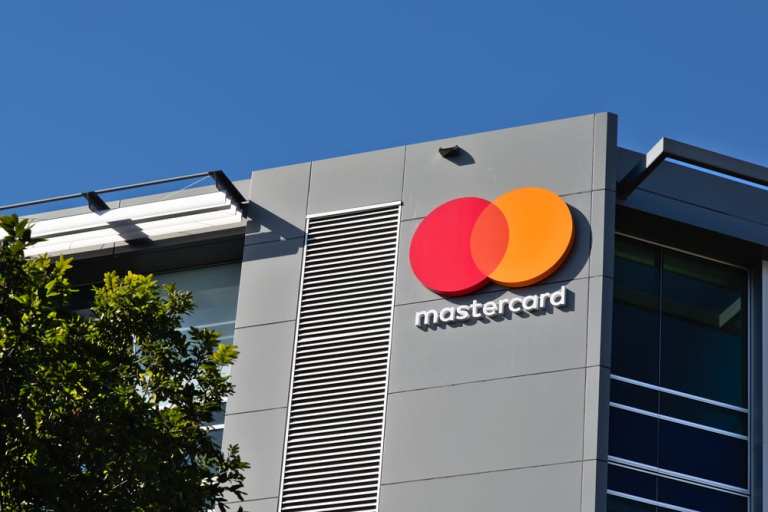Mastercard Rolls Out Track Business Payment Service In US

To enable greater efficiency and quicker access to working capital for buyers and suppliers, Mastercard has unveiled the rollout of the TrackTM Business Payment Service in the U.S. The offering provides increased control over payments and enhanced data exchanges, enabling automated reconciliation for suppliers as well as the application of all payment options approved by them, according to an announcement.
James Anderson, executive vice president of global commercial products at Mastercard, said in the announcement, “When we started work on Mastercard Track Business Payment Service, we looked at the persistent problems in B2B payments and asked ourselves how we could solve them for the benefit of buyers and suppliers.”
Anderson continued, “We realized that we needed to apply the techniques that work so well in consumer payments: delivering value to both buyers and suppliers, embracing standardization, [and] driving scale by working with the most capable partners and by creating incentives to drive behavioral changes by the participants.”
The Track Business Payment Service allows suppliers and buyers to handle their payments in a more efficient manner, per the company. Suppliers can manage how they receive payments for various invoices from separate buyers, and buyers can automate supplier payments through enhanced reconciliation to handle cash flow and get early payment discounts.
Additional efficiencies are gained via strong remittance information with each payment, which lets suppliers decrease the time and effort dedicated to reconciliation and reaching out to buyers.
The first commercial version of the offering has rolled out in the United States with distribution partners that include Fiserv, AvidXchange and Veem, among others.
In September, it was reported that Mastercard Track first rolled out in 2018 as a trade platform to handle compliance, identity and payment management requirements. The trade directory had registered over 210 million entities globally. At the time, it was noted that the service would launch globally, beginning with the United States in the first half of this year.